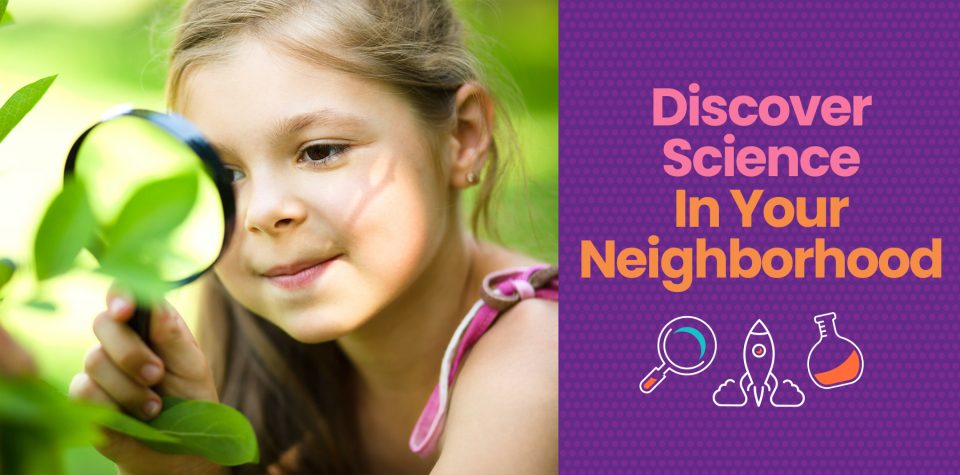
Discover Science in Your Neighborhood
With a little imagination, even the most ordinary neighborhood walk can be turned into an exciting exploration! Science surrounds us; from chemistry to physics, science is our window to understanding the world. Discover more of the natural world with these five fun ways to turn a walk into a science exploration.
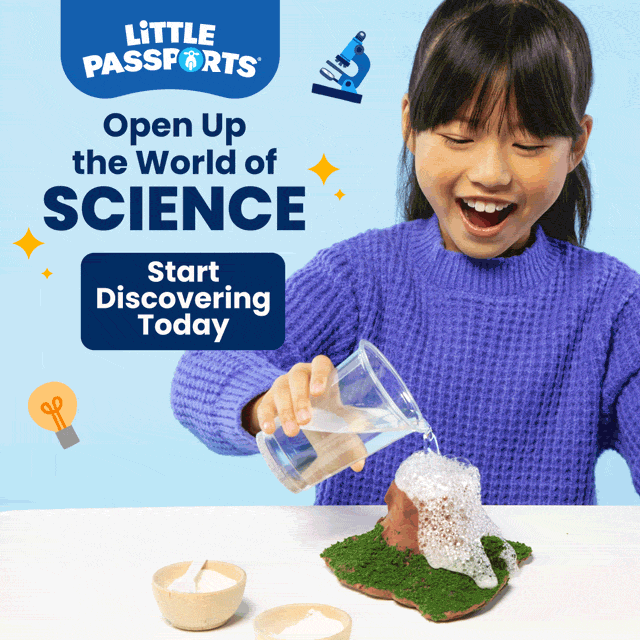
1. Measure Shadows (area of science: optics)
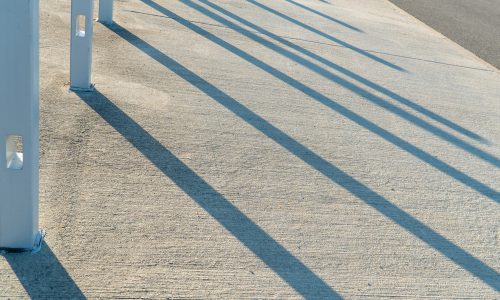
As you leave for your walk, find a tree or a fence post. Observe its shadow and mark where it begins with some chalk, a rock, or another item. When you return from your walk, check on the shadow. Has the shadow moved? Did it become longer? Shorter? Has it moved to the left? To the right? Why do you think the shadow has changed? Write down your observations and hypotheses in your science journal.
2. Identify Animals (area of science: zoology)
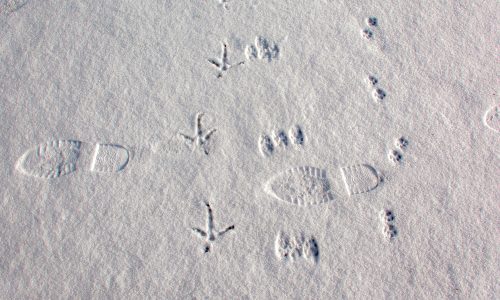
Get to know the creatures in your neighborhood—keep your eyes out for signs of wildlife! There are many ways to tell if an animal has been somewhere. You can look for signs of habitation like dens, burrows, beehives, or anthills, or you can find other physical signs like animal tracks, webs, scat, eggs, and more! Write down what signs of life you observe and try to guess which animal they belong to. Keep these records and see if they’ve changed the next time you take a walk!
3. Test Rocks for Calcium Carbonate (area of science: geology)
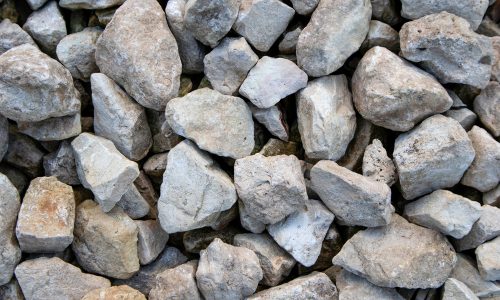
Conduct the vinegar test on rocks in your neighborhood to see if they contain calcium carbonate. One of the most common rocks made of calcium carbonate is limestone. Limestone is a sedimentary rock, meaning it is formed by layers of mineral deposits. They feel grainy to the touch and often have stripes of different colors.
On your walk, collect as many different types of rocks as you can. Try to find some limestone! When you return from your walk, test your rock collection for traces of calcium carbonate. When calcium carbonate comes into contact with an acid, carbon dioxide is created and released in a stream of bubbles. To test your rocks, place one in a bowl and fill it with vinegar until it is covered. If you see bubbles form on the rock’s surface, the rock contains calcium carbonate.
4. Make Natural Paintbrushes (area of science: botany)
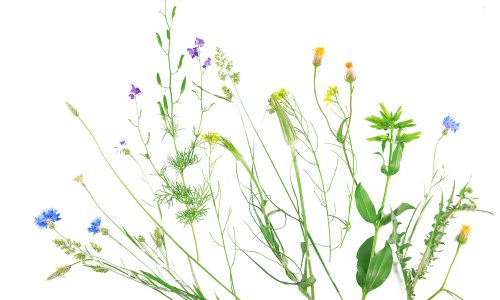
Make unique paintbrushes with nature’s bounty! On your walk, collect fallen flowers, twigs, and leaves. Next, look for a few sticks about the length and width of a pencil. Once you have all your materials, use string or rubber bands to tie the flowers and leaves to the ends of the sticks (the flowers and leaves will act as the brush head). Ta-da! You have yourself some funky paintbrushes. Use your paintbrushes to create unique works of art for your friends and family.
5. Senses Scavenger Hunt
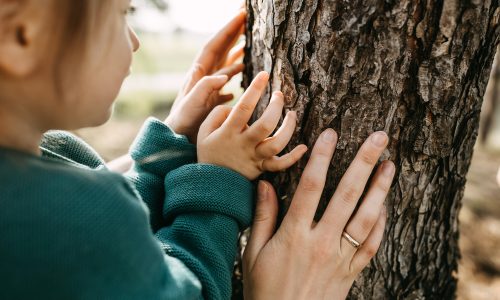
The five basic senses that humans experience are smell, touch, sight, sound, and taste. On your walk, do a senses scavenger hunt by looking for items that relate to one of your five senses. Use these prompts or create your own!
Smell:
- Something sweet
- Something bitter
Touch:
- Something soft
- Something rough
Sight:
- Something larger than your hand
- Something smaller than your fingernail
Sound:
- A bird chirp
- Something that crunches
Taste:
- Something a small mammal would eat
- Something an insect would eat
Continue exploring the many branches of science with our Science Expeditions line! Every month, you’ll unpack a new area of science through exciting, hands-on experiments. Shop here.

